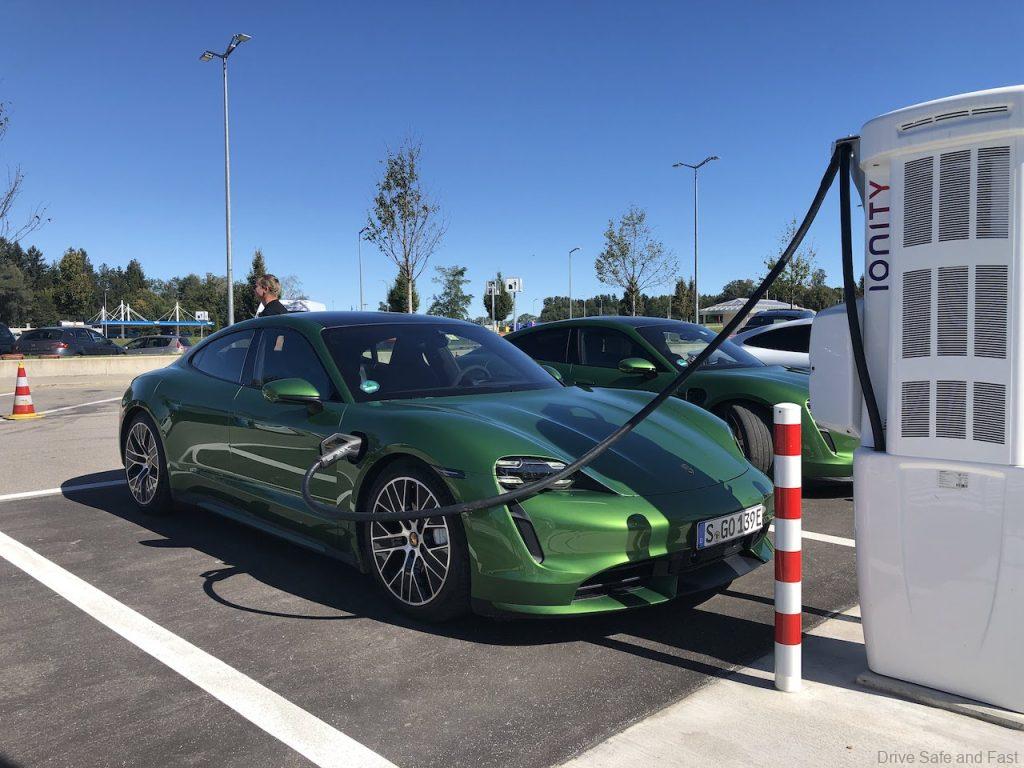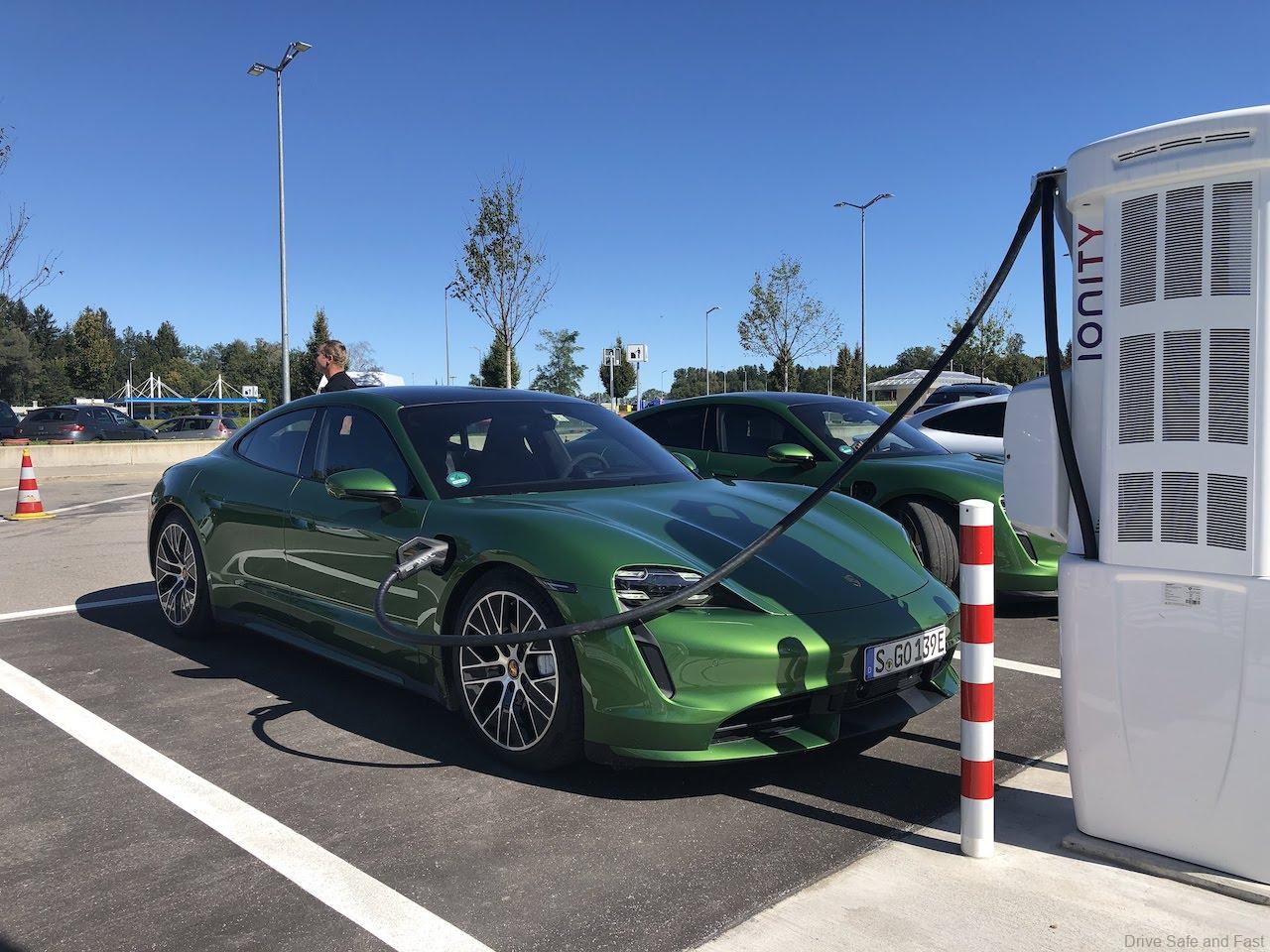Why Buy An Electric Car With 800V Instead Of 400V
Did you know that by increasing the battery voltage from 400V to 800V, you will be lowering the electricity required for EV battery charging which results in reduced over-heating and better power retention? This also contributes to a longer driving range and higher performance levels.
The 400V architecture has been very common for early model and also lower priced electric vehicles, but this is changing with the introduction of 800V systems, which can already be found in certain high end electric car models from manufacturers like Porsche (who were the very first to introduce the 800V system) Tesla, Lotus, Audi, Hyundai and Kia.



The main drawback is that 800V architecture is more expensive to engineer, but thankfully that has not stopped car manufacturers from working towards this fast charging system.
Now with 800V predicted to become the standard for EVs by the time 2025 rolls around it seems that EV manufacturers already providing the 800V system will be ahead of the rest in terms of sales.
So, if you are looking for an electric vehicle to own in the long term. The 400V is not what you should be considering and instead its is 800V with the fast charging time that is the clear winner, since it essentially halves charging time.
Meanwhile, the typical electric vehicle today encompasses a myriad of electrical components, including the battery, motor, electronic control, and various auxiliary equipment and wiring.
Collectively known as the electrical architecture, these elements form the backbone of EV functionality.
During the vehicle design process, the operating voltage of high-voltage equipment plays a crucial role. If this voltage is controlled within the range of 300-500V, it is commonly referred to as the 400V architecture. However, when the voltage is regulated between 600-900V, it falls under the umbrella of the 800V architecture.




The good news is that 800V architecture offers extended battery life and faster charging capabilities. Interestingly, with 800v architecture, EVs can charge up to 80 percent in just over 20 minutes which is almost twice as fast as a 400v system. This enhanced charging speed makes electric vehicles more convenient and more practical for daily use
There are other benefits, too: the higher voltage creates a lower current, which reduces heat – always a good thing when it comes to EV batteries, as battery cooling systems can suck up power.
Lower current also means thinner cables can be used between the battery pack and the inverter, DC charging port, OBC, and other equipment. As a result, 800V electric vehicles will use less copper and that would reduce the overall weight and also cost of the electric car.
Higher voltage electric motors are also significantly lighter and more power-dense than regular lower voltage units. That means 800V electric vehicles can be equipped with smaller, lighter motors. That creates more room for batteries as well.
So, 800V or higher voltage electric vehicles are capable of delivering ultra-fast charging rates and offer higher performance while improving the efficiency of the all systems.


